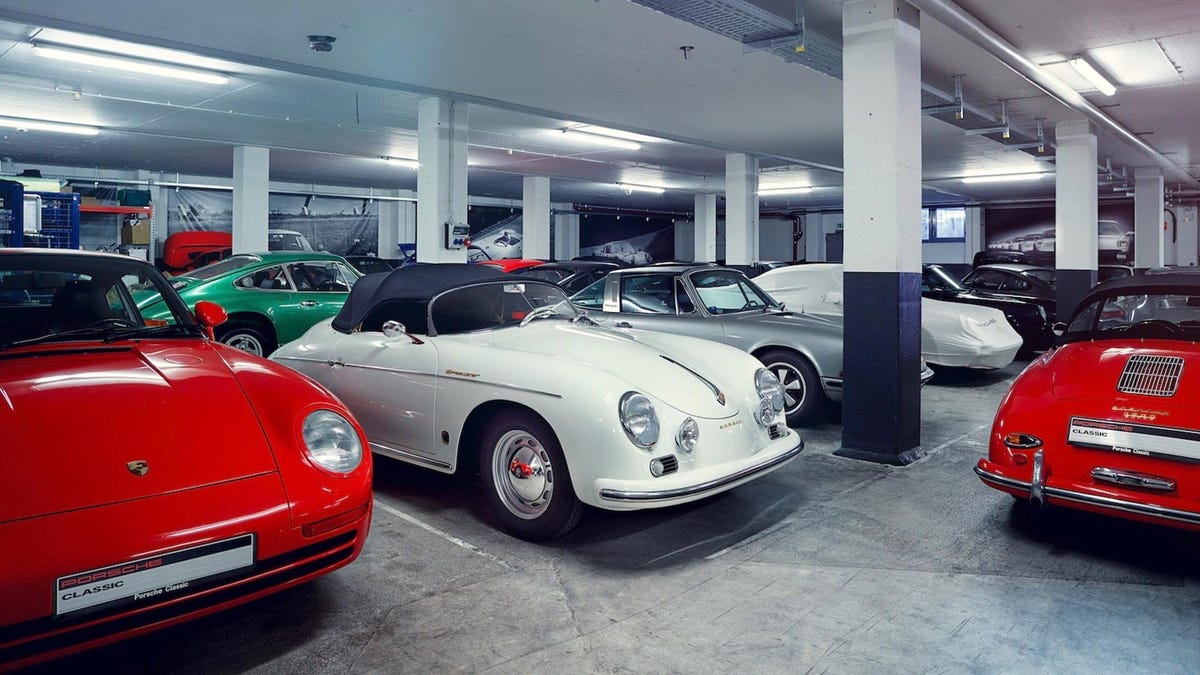3D printing revives hard-to-find Porsche Classic parts
It's not like the factory cranks out replacement parts for 50-year-old cars all the time.

If you've ever spent time trying to put a classic car back together, you've likely found yourself at the impasse that is supply. Classic car parts aren't exactly easy to source, but Porsche Classic thinks it has a solution.
Porsche Classic, the automaker's division devoted solely to its older cars, has started to rely on 3D printing to help alleviate problems with parts supplies. Whether it's plastic or steel, Porsche's additive manufacturing is capable of reproducing a part to its correct specification, which is generally far less expensive than rebooting old production lines or ordering far more parts than owners will ever need.
It may not look all that important, but if you really need a mirror base for your 911 Speedster (part number 91173122100), you'll be happy Porsche is manufacturing it again.
To create metal parts, Porsche uses a process called selective laser melting. A layer of powdered steel is placed on a plate, and a light beam melts the powder to a desired shape, and that process is repeated layer by layer until the part is complete.
When it comes to plastic, Porsche uses selective laser sintering, which is not the same as the fused deposition modeling that you see in most desktop-based 3D printers . In this instance, a material is heated just below its melting point and a laser fuses that material together. It's a more expensive process than most at-home DIY 3D printing solutions, and the heating process makes it trickier for basic consumer use.
Porsche Classic only 3D-prints nine different parts at the moment -- like the 959's clutch release lever, for example, which is no longer being manufactured. But it's looking at another 20 parts to see if 3D printing is a feasible solution to mitigating supply issues. Thankfully, if a part gets the green light, all Porsche needs to get started is a 3D scan or design data for the part, and the printers can get to work.

